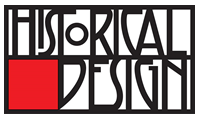Product Description
Charles Greber French Art Nouveau “Chameleons” vase c. 1905


CHARLES GREBER France
“Chameleons” vase c. 1905
Stoneware with crystalline-structure glaze in creamy white beige and blue tones with floral motifs and three full scale chameleons perched on the edge.
Marks: C. Greber (incised script)
H: 6 1/4″ x Dia: 7 1/2″
The potter-sculptor has awakened Darwin’s theory of evolution with this vase and has furthermore humanized these reptiles with an amusing sense of cameraderie.
Charles Greber French Art Nouveau “Chameleons” vase c. 1905
Dimensions: Length: 7 and 5/8 inches x Width: 1 inch
Weight: 3.20 Troy ounces / 99.4 grams / 63.9 pennyweights
